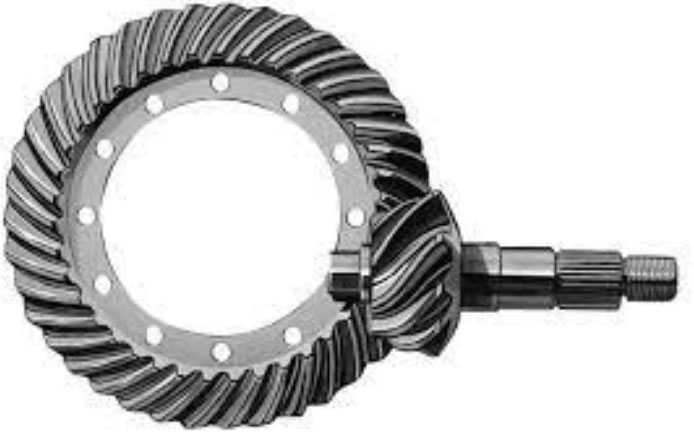
As hypoid gears continue to play a significant role in various industries and applications, their ongoing development and optimization will create new opportunities and challenges for both manufacturers and users. Here are some additional areas where hypoid gears may see advancements and increased adoption:
- Robotics and automation: Hypoid gears can be employed in robotics and automation systems where compact design, precise motion control, and smooth operation are crucial. They can be used in robotic arms, actuators, and other mechanisms to provide efficient and reliable power transmission.
- Customization and adaptability: With the advent of advanced manufacturing techniques and design tools, it will be easier to create customized hypoid gear solutions for specific applications. This will allow engineers to tailor gear parameters, such as gear ratios, tooth geometry, and materials, to meet the unique requirements of each application.
- Condition monitoring and predictive maintenance: The integration of sensors and advanced analytics in hypoid gear systems can enable real-time monitoring of gear performance and wear. This data can be used to predict potential failures and schedule maintenance activities, reducing downtime and extending the service life of the gears.
- Energy efficiency: As industries continue to focus on energy efficiency and sustainability, there will be ongoing efforts to improve the efficiency of hypoid gears. This can be achieved through advancements in materials, coatings, and lubricants, as well as optimized gear geometry and design.
- Noise reduction: Reducing noise and vibration is crucial in many applications, particularly in the automotive and aerospace industries. Further research and development in hypoid gear design and materials can lead to the creation of quieter and more refined gear systems.
- Education and training: As hypoid gears become more sophisticated and specialized, there will be a need for increased education and training in their design, manufacturing, and maintenance. This will ensure that engineers and technicians have the necessary skills and knowledge to work with these advanced gear systems.
In conclusion, the future of hypoid gears is bright, with numerous opportunities for growth and improvement in various industries and applications. As technology advances and new challenges emerge, hypoid gears will continue to play a crucial role in power transmission systems, offering a combination of high torque capacity, smooth operation, and compact design that is unmatched by other gear types.
